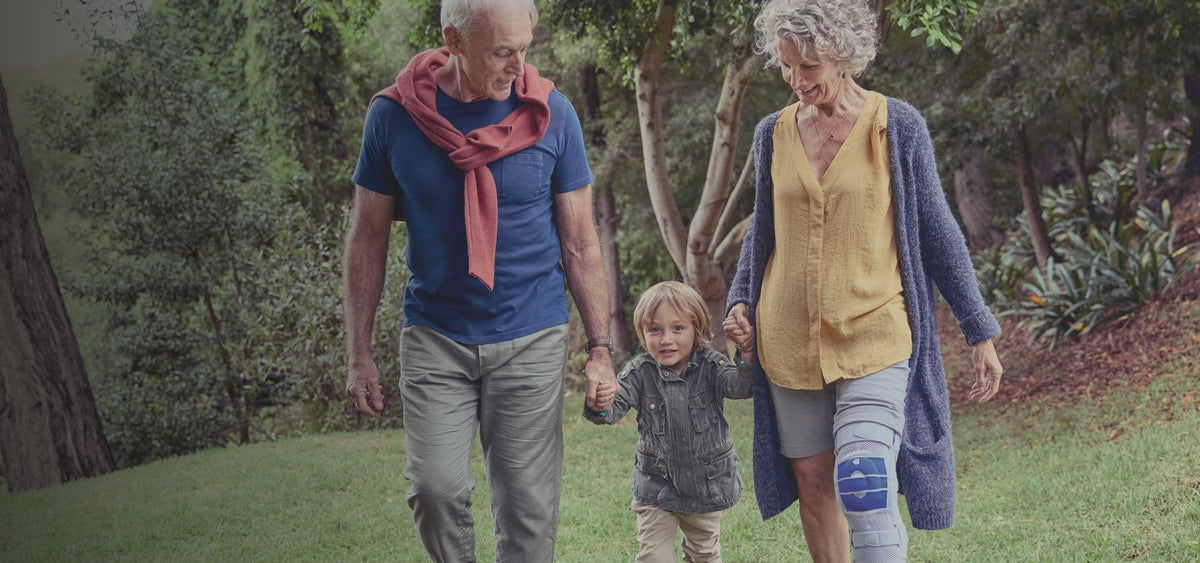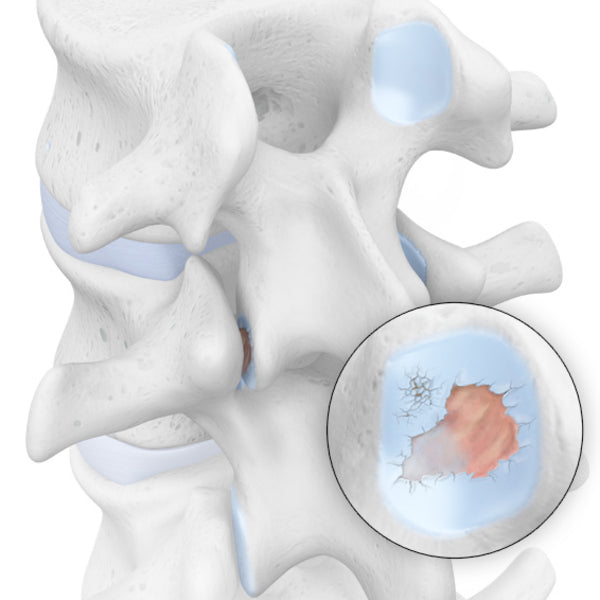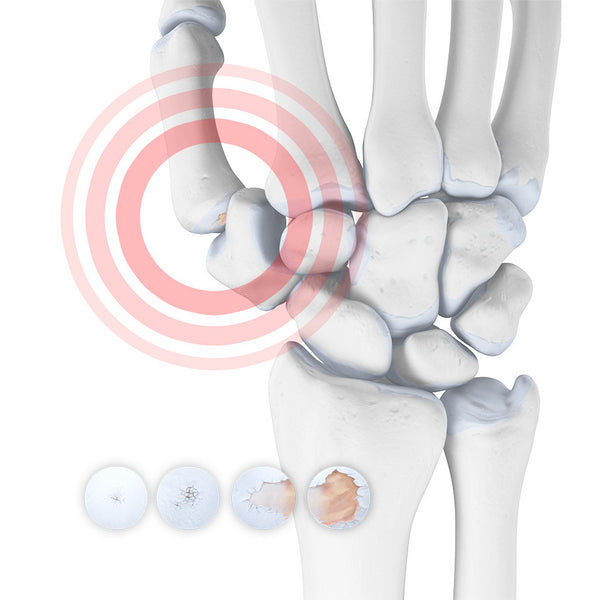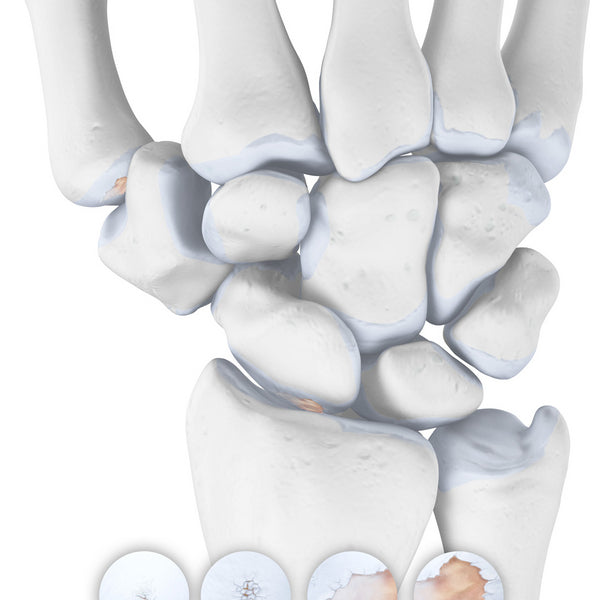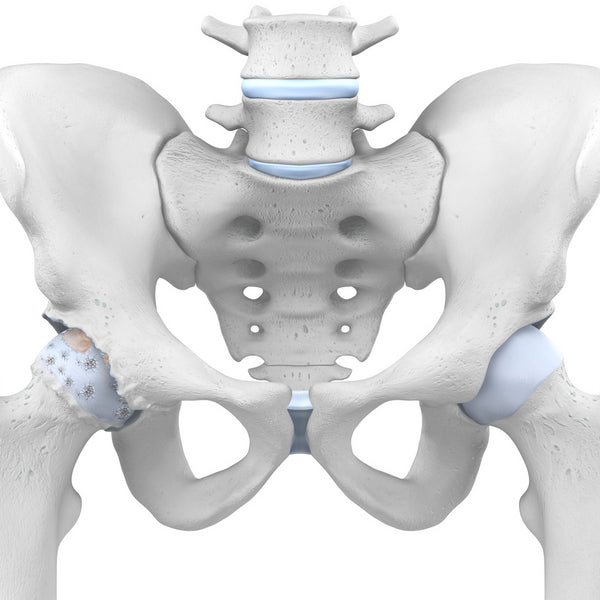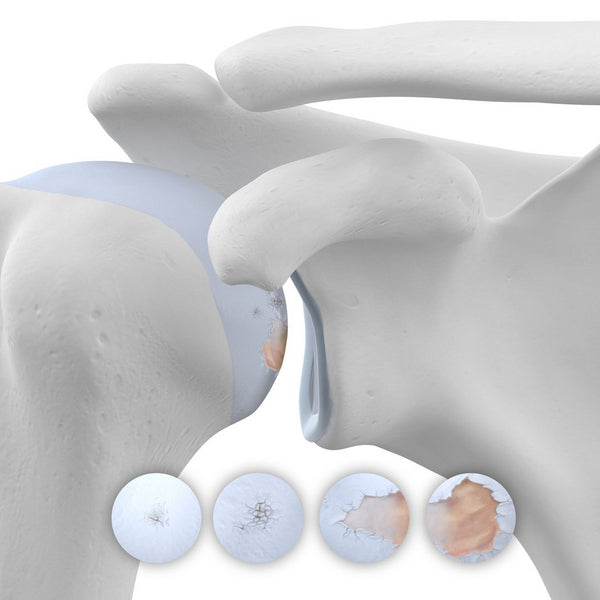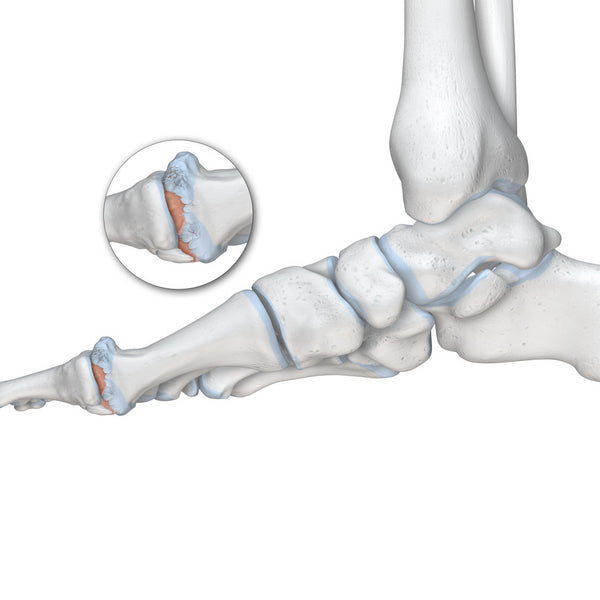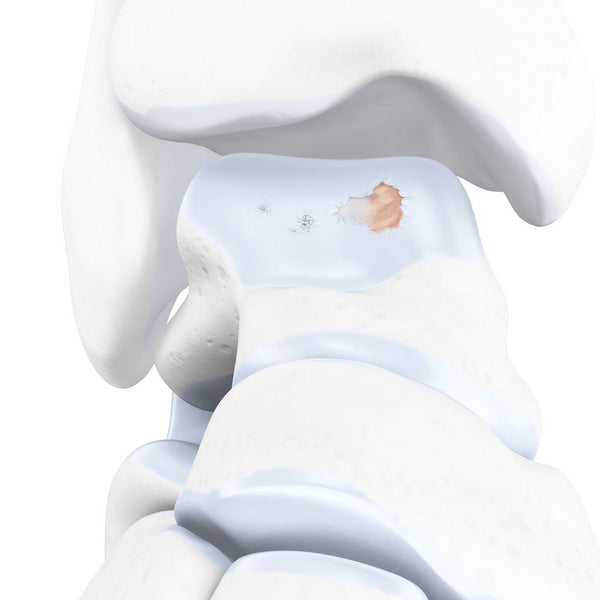Spondyloarthritis - Arthritis of the Spine
Spondylarthrosis when facet syndrome is painful Home page Injury hub Arthritis & Arthrosis Spondyloarthritis - Arthritis of the Spine Spondyloarthrosis: Joint Disease of the Vertebral Column The vertebral column is a complex structure in our back, which consists of approximately 33 bones, called the vertebrae. It holds and protects the sensitive spinal cord and nerve endings located in our back....
Read more
